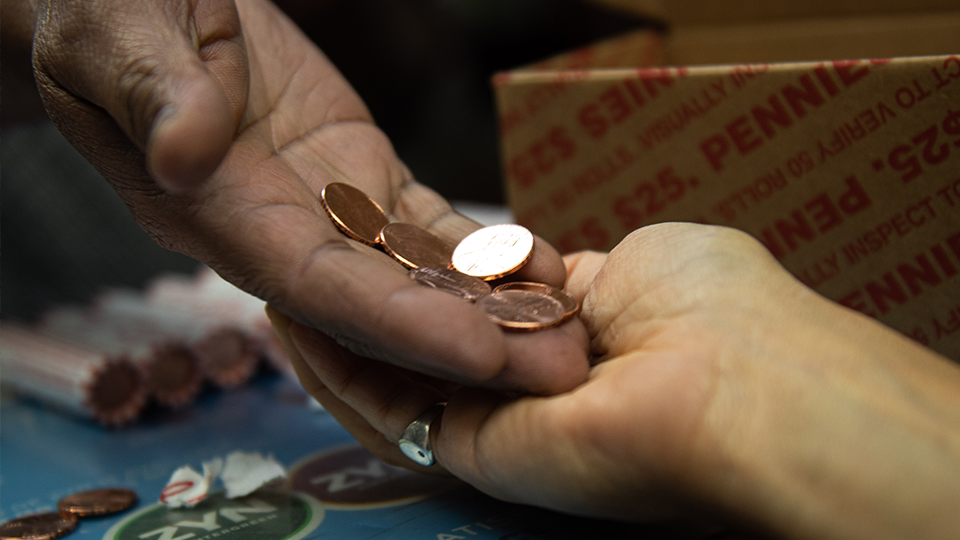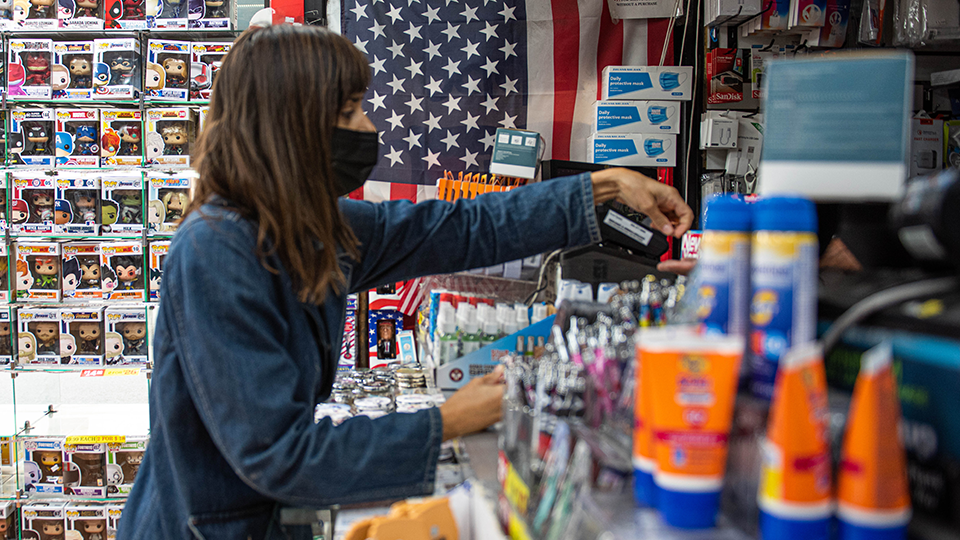Context
THE HISTORY OF THE U.S. PENNY
The first pennies were created in 790 CE. The word “penny” originally stood for any kind of coin or money across Europe. Great Britain is the only nation to hold an official denomination called the penny. In the U.S., our one-cent coins, drawing inspiration from the British penny, became colloquially known as “pennies,” but their official name remains the “cent.”
The United States Mint authorized the cent as its first currency in 1787 in an act signed by George Washington. The design for this coin was proposed by Benjamin Franklin. Since its initial creation, the Mint has held over 11 different designs that symbolize a national spirit, including iconography from wheat grains to President Abraham Lincoln. In 2019, the U.S. Mint produced over seven billion pennies.
Read more about the penny in today’s contemporary world here.
2020 U.S. COIN SHORTAGE
The COVID-19 pandemic led to a highly documented nation-wide shortage of coins, including pennies, nickels, dimes, and quarters. On June 15, 2020, The Federal Reserve began to ration its coin distribution to banks, who received a fraction of their requested change (same NYT source as before). “The coin shortage has been mainly caused by coins not re-entering distribution,” Michael White, a spokesman for the Mint, explained. While many businesses were closed, people did not “pour coin” back into the economy as frequently. Often, coins remained in people’s homes, out of circulation. Many businesses posted signs urging people to pay with exact change. The coin shortage renewed the debate over production of the penny, whose production costs eclipse its economic value of 1 cent.
TYPOGRAPHY
Following the trend of corporations developing their own typefaces, in 2019 the United States Government branded its own font, Public Sans. This free, open-source font developed by the US federal government boasts a “strong, neutral, principles-driven” nature. Public Sans typeface is a fork of Libre Franklin, the SIL Open Licensed face launched by the U.S. Web Design.
Read more about Public Sans here.
WRAPPING COINS
Pennies are often stored in wrappers, which can hold 50 at a time and are used by banks to achieve an accurate count. Jill Magid collaborated with designer Arno Baudin to create Tender rolls, which adhere to standards for penny rolls established by the American Bankers Association (ABA). The rolls use red ink on white paper in rolls of over 1000 feet that can make over 2,000 wrappers using a specialized automatic machine. The title appears in Magid’s own handwriting. The body text on the wrapper utilizes the same typeface as that engraved on the coin’s edge: Public Sans.






